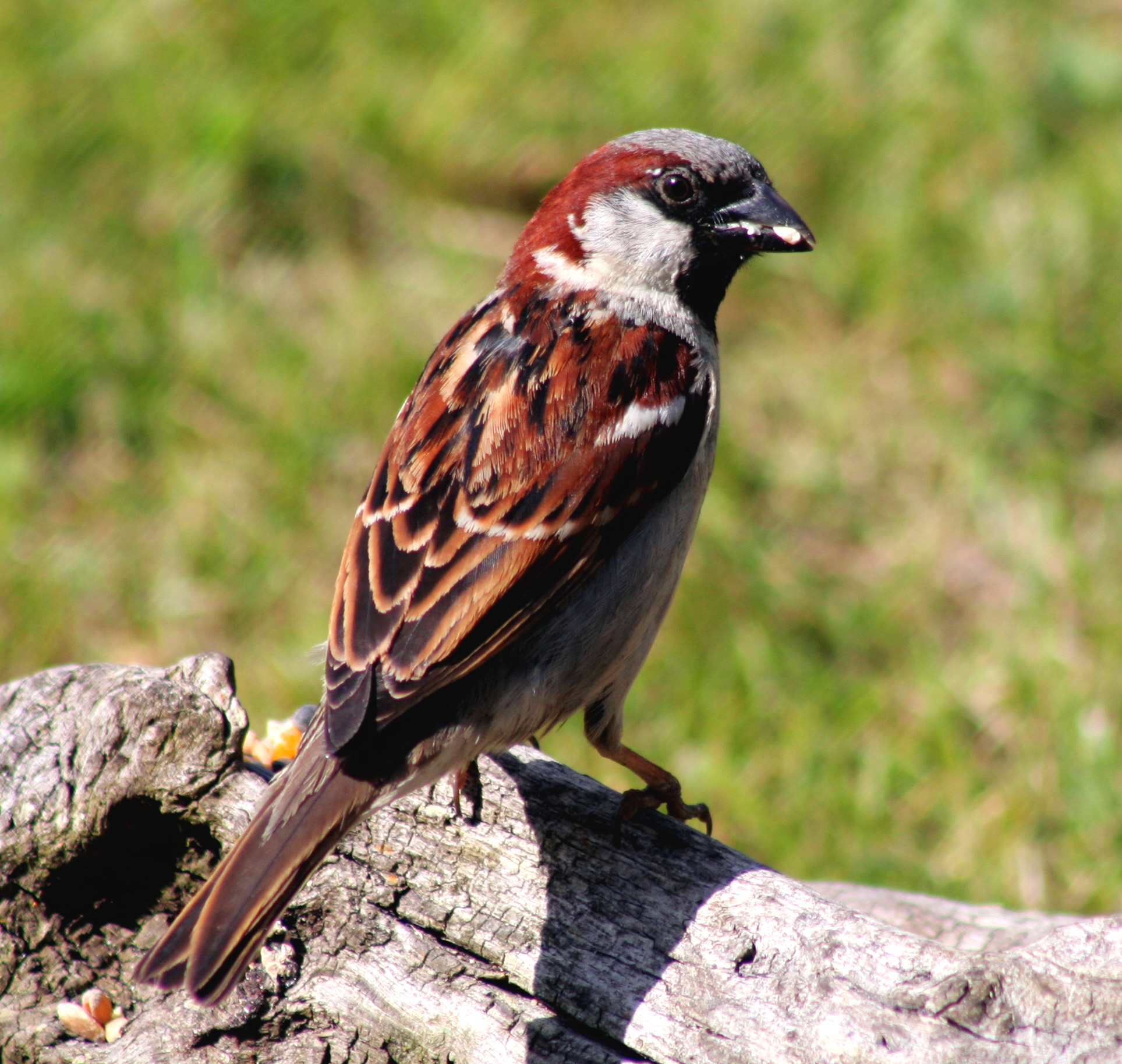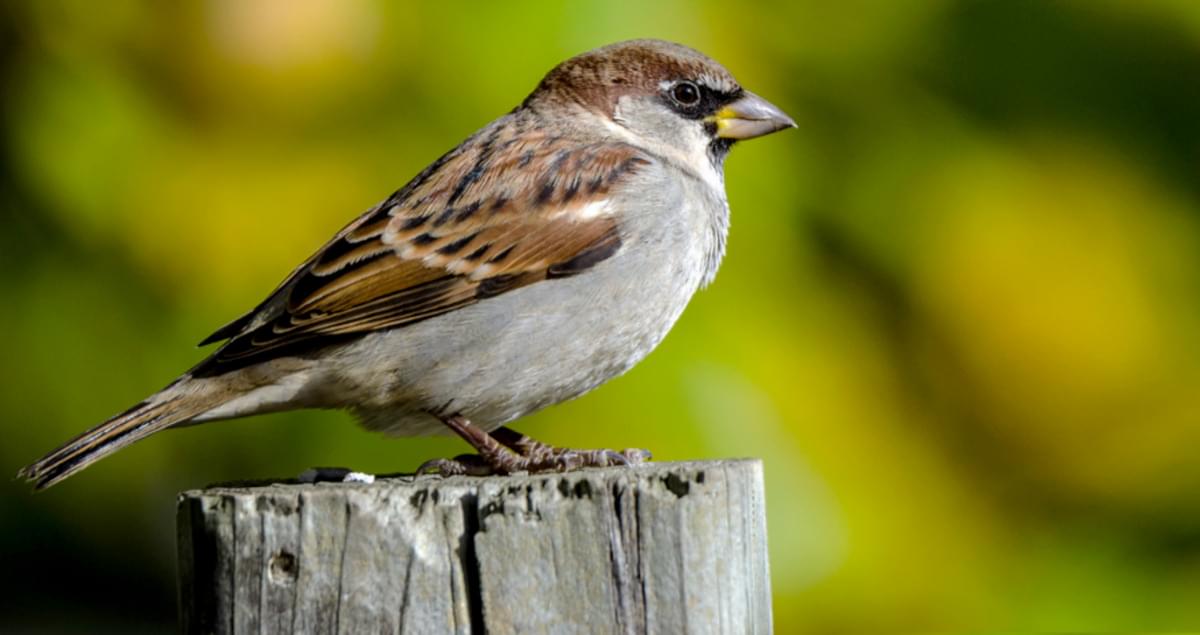Table Of Content

The female Dickcissel has a longer, heavier bill than a female House Sparrow, with a white chin, dark whisker stripe, and usually a tinge of yellow in the eyestripe and on the chest. Black-throated Sparrows of the dry western U.S. are all gray, white, and black on the head, with no rufous. Harris's Sparrows are plain brown on the face, without the male House Sparrow's white cheeks, and the forehead is black.
Nesting
Golden-crowned Sparrows are grayish-brown underneath and streaked brown on the back. Grasshopper Sparrows breed in central and eastern US states, California’s coast, and parts of northwestern US states. They spend winter in southeastern US states, Mexico, and the Caribbean. Grasshopper Sparrows are tiny birds with light and dark brown streaking and a distinctive orange or yellow stripe above their eye. Grasshopper Sparrows are spotted during the breeding season in California. They are more commonly seen in the north of the state from April to July.

Active Control
They sometimes build nests in vines climbing the walls of buildings. House Sparrows are strong competitors for nest boxes, too, at times displacing the species the nest box was intended for, such as bluebirds and Tree Swallows. They display fierce aggression during nesting season and compete with other birds for nesting sites, especially bluebirds. A chunky full-breasted bird with a round head and a stout bill.
Implications for Urban Conservation

There are two color differences with birds having either tan-striped or white-striped heads. White-throated Sparrows are winter birds in California and occur in 1% of checklists at this time. At times, they may also eat berries and grasses and crustaceans and marine animals if they’re near the beach. You can find Savannah Sparrows on the ground in open areas, such as grassland, foraging for insects and spiders in the breeding season, and seeds in the winter. Savannah Sparrows spend the winter in California and are most commonly spotted from mid-September until January. They appear in 3% of summer checklists and 9% of winter checklists.
Opinion A Backyard Struggle for Survival Between Birds - The New York Times
Opinion A Backyard Struggle for Survival Between Birds.
Posted: Mon, 24 Jul 2023 07:00:00 GMT [source]
What is a spuggy bird?
You can find Black-throated Sparrows on the ground in open areas in canyons and desert scrub. Attract Chipping Sparrows to your backyard with seeds or cracked corn on open feeders such as hoppers or platforms. Chipping Sparrows spend their summer breeding in the US and Canada before flying to Mexico and Florida for winter. Lark Sparrows will feast on many insects like grasshoppers, caterpillars, and beetles in summer and mostly seeds, grasses, and weeds during the winter. Lark Sparrows are spotted in California all year, and they are recorded in 2% of summer and winter checklists.
In approximately 170 years, they colonized the globe such that they now reside in every continent except Antarctica and occupy an estimated 76,600,000 km2 (Birdlife international, 2018). There have been over 250 introduction or translocation events recorded worldwide (Table 1), with the first deliberate successful introduction occurring in 1851 in New York City (Summers-Smith, 1988). Many introductions stemmed from colonial acclimatization societies purposefully releasing birds for cultural reasons or as failed attempts at biological control. House sparrow visit open-air restaurants to help themselves to leftovers and dropped crumbs.
Species names in all available languages
They lay two to five eggs, which take about two weeks to hatch. Attract Golden-crowned Sparrows to your backyard with seeds on ground feeders or plant native plants that fruit. White-crowned Sparrows are large grayish sparrows with long tails, small bills, and bold black and white stripes on their heads. Green-tailed Towhees breed in western US states and migrate to southwestern US states and Mexico for winter. Attract Black-throated Sparrows to your backyard with black oil sunflower seeds.
Species in This Family
Their ubiquity and close association with humans have undoubtedly led to their detailed study across biological and even sociological disciplines. Here, we explore the natural history of house sparrows and the contributions that these birds have made to basic biology and beyond. Invasive exotic species are those introduced species which benefit from their new environment such that they increase their population range significantly over time. Invasive species are currently recognized as one of the main threats to global biodiversity. House Sparrows and European Starlings were both introduced to North America in the 19th century. Both species nest in structures ranging from gutters and downspouts to thick shrubs and bushes, but readily use nest boxes when available.
Thus, these invasive birds and extremely populous birds are rarely welcomed by anyone. Just like George Box’s claim for mathematical models, no model organism is perfect, but many can be informative (Bolker, 2014; Box, 1976). Males distinctive; plainer females and juveniles present a combination of structural and plumage characters that separate them from native sparrows.
Sagebrush Sparrows are medium-sized birds that are easier to recognize than other sparrows. Their head is gray with a white patch in front of their eyes. Their back has streaks of dark brown, and they have a dark-gray stripe on their throats.
They migrate to tropical but humid forests during the winter. You can find Fox Sparrows in wooded areas, undergrowth, and brush. In the winter, they migrate to similar areas, even in well-vegetated suburbs and parks. You may observe them kicking up leaf litter in the air in search of food on the ground. There are four different color and appearance variations in Fox Sparrows.

No comments:
Post a Comment